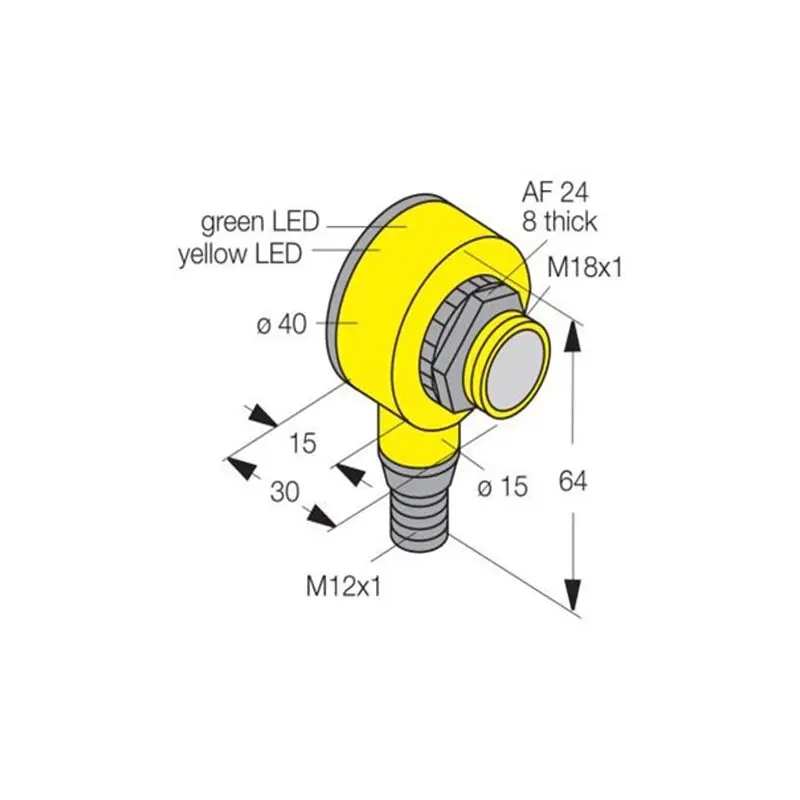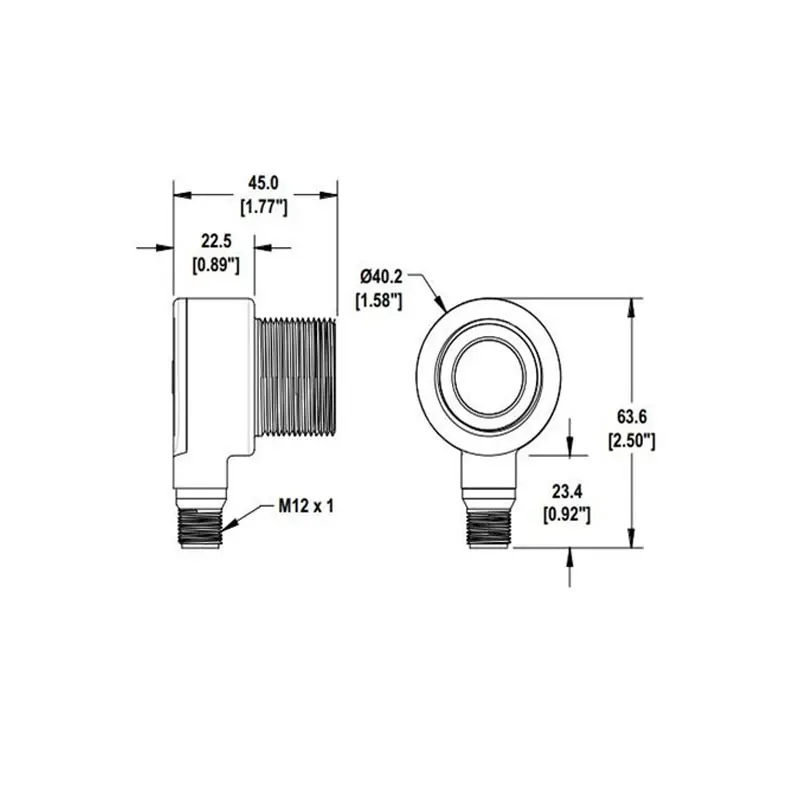Non contact level sensors offer numerous practical benefits that make them increasingly popular across various industries. First, they eliminate the risk of contamination since there's no direct contact with the measured material, making them ideal for sterile processes in pharmaceutical and food industries. The absence of moving parts significantly reduces maintenance requirements and extends the sensor's operational life, resulting in lower long term costs. These sensors provide exceptional accuracy and reliability, maintaining consistent performance even in harsh industrial environments. They can measure through tank walls and operate effectively regardless of changes in material properties like temperature, density, or conductivity. The installation process is straightforward, as they mount externally on tanks or vessels, allowing for easy setup and configuration without disrupting existing processes. Real time monitoring capabilities enable immediate response to level changes, enhancing process control and safety. The versatility of these sensors allows them to measure various materials, from liquids to bulk solids, making them suitable for diverse applications. Their ability to operate in extreme conditions, including high temperatures and pressures, extends their utility across challenging industrial environments. The non invasive nature of measurement prevents any potential damage to tank linings or corrosion issues that might occur with contact based sensors. Advanced models offer digital interfaces for easy integration with existing control systems, supporting Industry 4.0 initiatives and automated operations.


